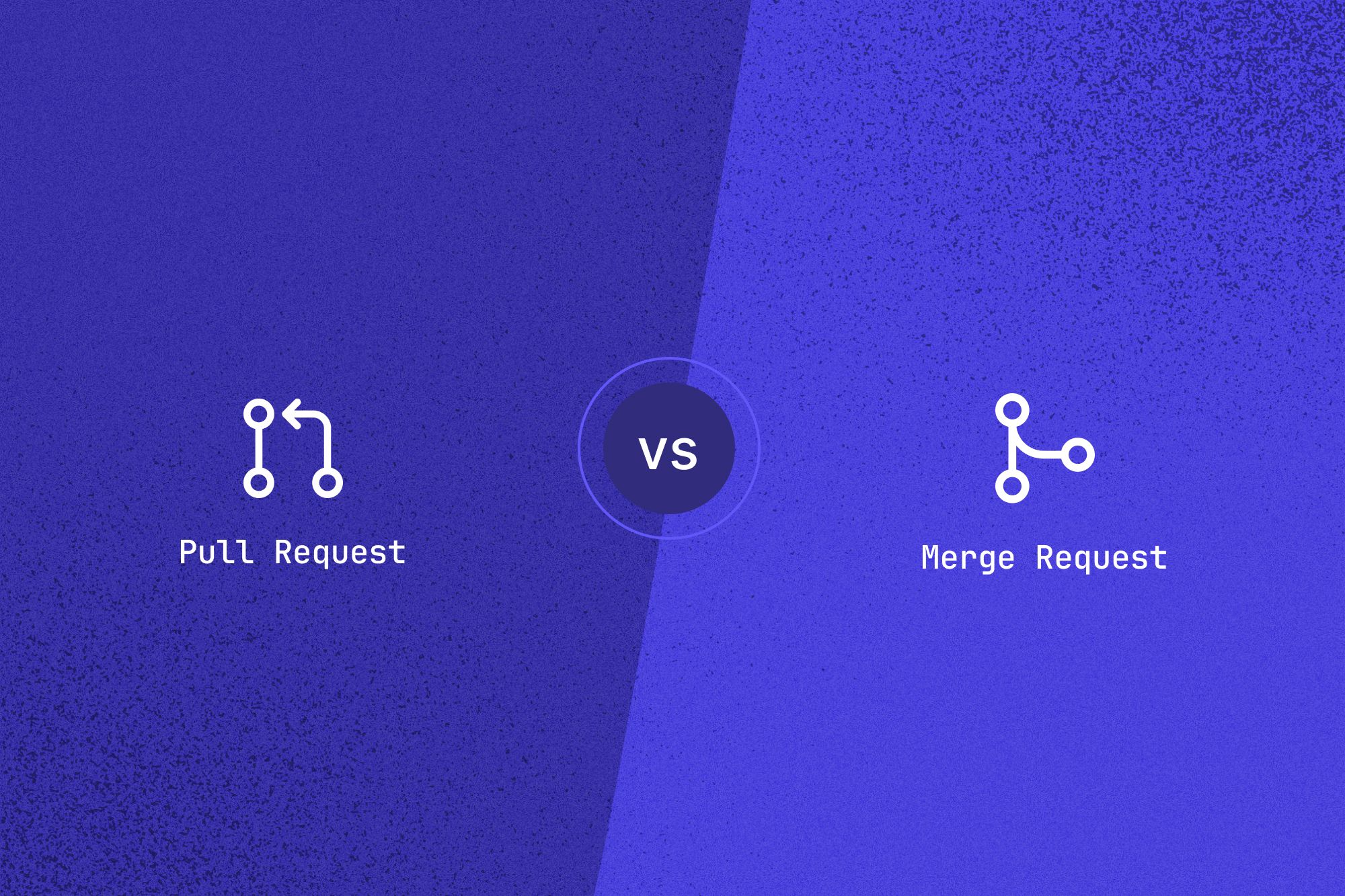Pull requests and Merge requests: Is there a difference?

Pull request is one of the most popular tools in Git. But some people might even know it as a merge request. These requests play a crucial role in fostering collaboration among software teams. But are the two terms similar, or is there a distinction between them? Let’s find out!
Pull Request vs. Merge Request
Before we delve into the details, let's get on the same page. Pull and Merge Requests serve a similar purpose in the software development workflow, regardless of the terminology used. They provide a structured way for team members to propose and review code changes before integrating them into the main branch (often called "master" or "main"). It's like a safety net to catch bugs or issues before they affect the codebase.
Pull Request: GitHub's perspective
A pull request, often called a "PR," is a fundamental concept in software development central to version control systems like Git. It represents a formalized process through which team members propose changes to the source code and request their integration into the main codebase.
Pull requests serve as a collaborative and systematic mechanism for code review, enabling team members to scrutinize the proposed alterations, discuss them, and ensure their quality. They are essential for maintaining codebase integrity, preventing issues, and promoting seamless collaboration among developers.
When a pull request is approved and merged, the code changes have met the required standards. They are ready to be incorporated into the project, contributing to the overall progress and quality of software development endeavors.
Benefits of Pull request
Let's explore the benefits of using Pull Requests and how they enhance the software development process.
Code review and collaboration excellence
Pull Requests (PRs) and Merge Requests (MRs) both excel at fostering code review and collaboration. They provide a dedicated space where team members can meticulously inspect proposed changes. This collaborative environment extends beyond the review process; it encourages communication, knowledge sharing, and best practices. Developers can comment on specific lines of code and engage in productive discussions about the logic, design choices, and potential optimizations. This collaborative aspect enhances code quality and promotes knowledge transfer within the team.
Structured discussions for enhanced clarity
The discussion feature in both Pull Requests and Merge Requests is crucial. It's not just a chat window; it's a structured platform where developers can ask questions, seek clarifications, and provide feedback in an organized manner. This structured approach ensures that discussions remain relevant to the code changes under review. It prevents valuable information from getting lost in long email threads or scattered chat conversations, making it easier for developers to understand and act upon feedback effectively.
Efficient approval workflow for code quality
Maintaining code quality is paramount in software development. In both Pull and Merge Requests, an approval workflow acts as a gatekeeper for code quality. Team members must approve before changes are merged into the main branch. This workflow ensures code alterations meet the team's standards and adhere to coding guidelines. It prevents subpar or erroneous code from infiltrating the main codebase, reducing the likelihood of introducing bugs and regressions.
Automated testing for robust code integration
Automated testing is essential in the Pull Request and Merge Request process. It goes beyond just code review; it validates the proposed changes against existing code to ensure compatibility and stability. Automated tests can encompass unit, integration, and even end-to-end tests. Integrating these tests into the request process provides a safety net against regressions and bugs. This practice ensures that the new code changes don't disrupt the functionality of the existing code, contributing to a more reliable and robust software system.
Version control for seamless code tracking and conflict resolution
Both GitHub (which uses Pull Requests) and GitLab (which utilizes Merge Requests) integrate with version control systems like Git, ensuring meticulous tracking of every code change and creating a comprehensive audit trail. It becomes effortless to trace the history of changes, identify who made what modifications, and understand the evolution of the codebase. Furthermore, this integration plays a crucial role in conflict resolution. When multiple developers work on different branches, the version control system aids in systematically resolving merge conflicts and minimizing disruptions in the development process.
Pull requests and Merge requests in action
Whether you call it a Pull Request or a Merge Request, the underlying concept remains consistent: it's a collaborative code review and integration mechanism. The terminology may vary based on your platform, but the principles and best practices associated with them are universal. Regardless of the terminology, these tools are essential for maintaining code quality and collaboration in software development.
Ready to drive engineering success?
